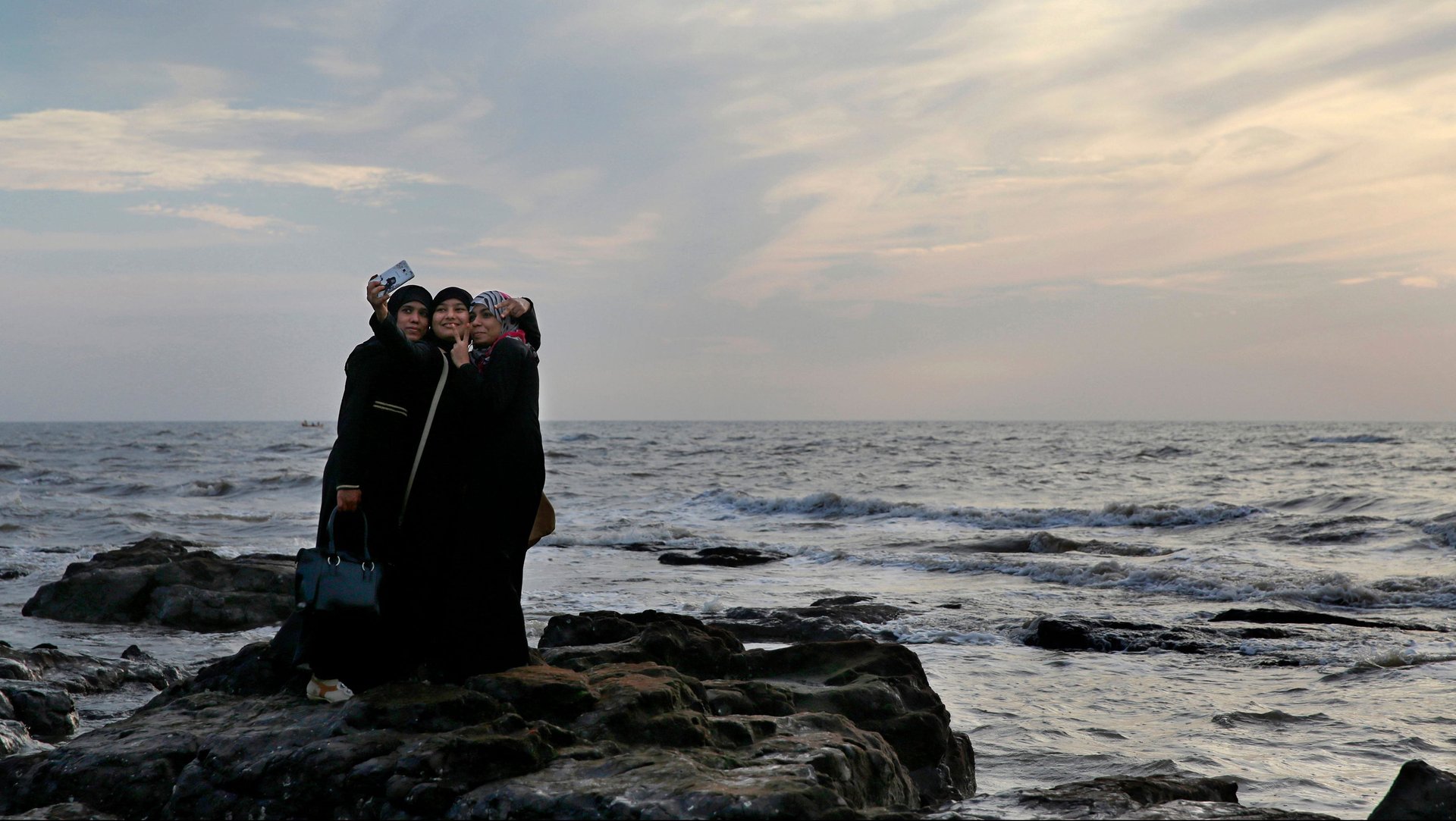The eight most common causes of death by selfie
Since the advent of the front-facing camera, selfies have become ever more popular. Samsung estimated last year that the average person will take 25,000 selfies in a lifetime, and Google reported that its users uploaded 24 billion self-portraits in 2015.


Since the advent of the front-facing camera, selfies have become ever more popular. Samsung estimated last year that the average person will take 25,000 selfies in a lifetime, and Google reported that its users uploaded 24 billion self-portraits in 2015.
But getting the perfect shot can come with a price. Between 2011 and last year, 259 people died as a result of selfie accidents, according to a recent study by researchers at the All India Institute of Medical Sciences and Indian Institute of Technology Kanpur.
Since coroners are unlikely to write “selfie” as the cause of death, the researchers gathered their data by combing through English-language news reports. While they spotted only five selfie-related deaths reported between 2011 and 2013, they found 93 in 2017. Of course, news reports are not the strongest data source, the authors concede. Many cases no doubt go uncovered. It’s also possible the frequency of reporting on selfie deaths has increased. And limiting the search to only English news sources could bias their data set.
Still, any number of selfie deaths is alarming. In the study, the most common cause of selfie death was drowning after falling into a body of water or being swept away by waves, which claimed 70 lives in the period covered. Other causes included posing in front of oncoming trains or vehicles (51), falling from a prime selfie spot (48), and accidentally shooting oneself when posing with guns (11).
While around a quarter of the selfie deaths in the study were unfortunate accidents, the rest were due to risky behavior. Men accounted for 81% of fatalities in those “risky” incidents. Young people were also disproportionately represented in the selfie deaths, 70% of which involved individuals younger than 30.
The authors recommend officials set up “no selfie zones” in hazardous spots, like cliff faces, tall buildings, and bodies of water.
India, where more than half the study’s deaths occurred, has set up two dozen “no selfie zones” in picturesque spots around the state of Goa in hopes that signage will encourage tourists to be more careful in dangerous locations. Indonesian officials created a safe selfie spot in Mount Merapi National Park after a climber died taking a risky shot in 2015, and Russia launched a “safe selfie” campaign that same year.